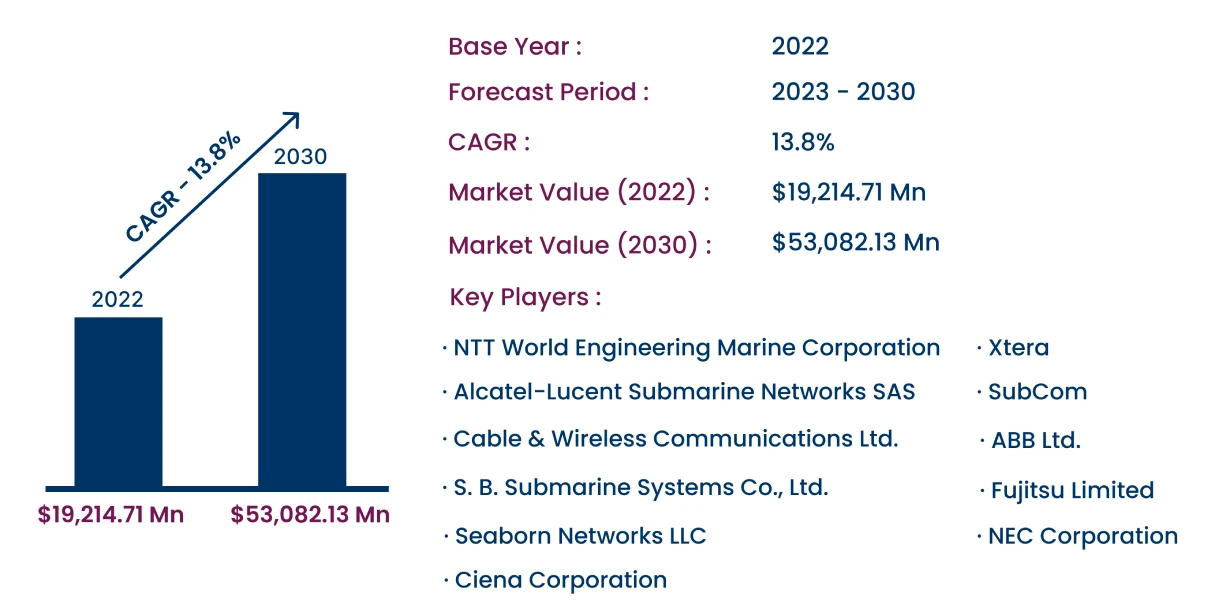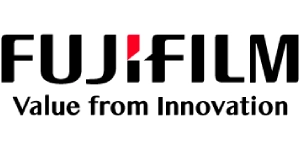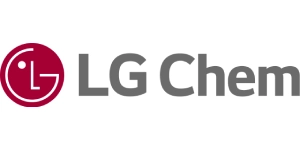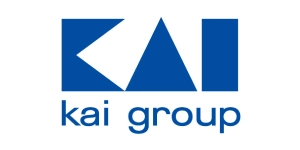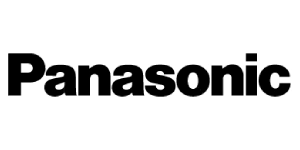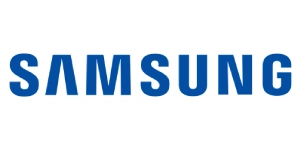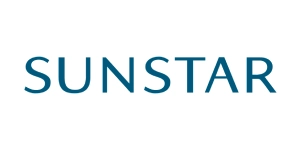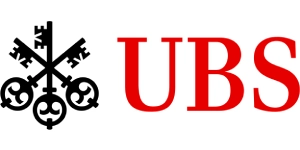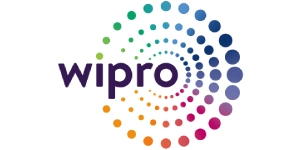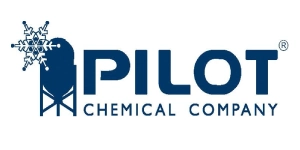Global Submarine Optical Fiber Cable Market to Reach USD 53,082.13 Million by 2030 | CAGR of 13.8%
Category : IT And Telecommunications | Published Date : Aug 2024 | Type : Press Release
Submarine Optical Fiber Cable Market Scope & Overview:
Submarine optical fiber cables are used to enable the transmission of data across long distances between continents or islands. They play a crucial role in global connectivity and communication.
Consegic Business Intelligence analyzes that the Global Submarine Optical Fiber Cable Market size was valued at USD 19,214.71 Million in 2022 and is expected to register a CAGR of 13.8% to reach USD 53,082.13 Million by 2030.
This report comprises the Submarine Optical Fiber Cable Market Share, Size & Industry Analysis, By Type (Deep Sea Fiber Optic Cable and Shallow Sea Fiber Optic Cable), By Product Type (Single Core and Multicore), By Component (Wet Plant Products and Dry Plant Products), By Offering (Installation & Commissioning, Maintenance, and Upgradation), By End Use (Communication, Oil & Gas, Others), By Region (North America, Europe, Asia-Pacific, Latin America, and Middle East & Africa), and Forecast, 2023-2030.
This report contains detailed information on Submarine Optical Fiber Cable Market Trends, Opportunities, Value, Growth Rate, Segmentation, Geographical Coverage, Company Profile, In-depth Expert Analysis, Revenue Forecast, Competitive Landscape, Growth Factors, Restraint or Challenges, Environment & Regulatory Landscape, PESTLE Analysis, PORTER Analysis, Key Technology Landscape, Value Chain Analysis, and Cost Analysis.
As per the report analysis, the growing demand for high-speed internet and 5G infrastructure is driving the market growth. Moreover, government initiatives and investments to improve connectivity are boosting the submarine optical fiber cable market opportunities.
Segmental Analysis :
Based on the type, the market is bifurcated into deep sea fiber optic cable and shallow sea fiber optic cable.
- The deep sea fiber optic cable accounted for the largest market share in 2022 and is expected to witness the highest CAGR over the forecasted period. This is due to the increasing demand for cable for transmitting data over large distances.
Based on the product type, the market is bifurcated into single-core and multicore.
- In 2022, the multicore fiber optic cable held the highest market share in 2022 and is also anticipated to register the fastest CAGR during the forecasted period. Multicore helps to achieve higher data rates, meeting the higher data traffic demands.
Based on the components, the market is bifurcated into wet plant products and dry plant products.
- In 2022, the wet plant products segment accounted for the largest market and is even expected to witness the fastest CAGR over the forecasted period. They offer several benefits like durability, flexibility, and seawater resistance.
Based on the offering, the market is segmented into installation & commissioning, maintenance, and upgradation.
- The installation & commissioning accounted for the highest market share in 2022. This is driven by the rising internet traffic due to several reasons like industrialization, advanced technologies, digital services, internet surfing, and many more.
Based on the end use, the market is categorized into communication, oil & gas, and others.
- The communication segment accounted for the largest market share in 2022 and also is expected to register the fastest CAGR over the forecasted period. The rising global connectivity, the number of data centers, and government initiatives are responsible for growth in the communications sector.
By region, the market is segregated into regions including North America, Europe, Asia Pacific, Middle East and Africa, and Latin America.
- North America had the highest revenue share in 2022 at USD 6,319.72 Million and is projected to grow at 13.9% CAGR over the forecasted period. This is due to rising digital services, online services, and industrialization in the region.
- Asia Pacific accounted for USD 4,590.39 million in 2022 and is expected to have the fastest CAGR of 14.1% in the submarine optical fiber cable market. This is caused by rising digitalization and economic growth in the region.
| Report Attributes | Report Details |
| By Type | Deep Sea Fiber Optic Cable and Shallow Sea Fiber Optic Cable |
| By Product Type | Single Core and Multicore |
| By Component | Wet Plant Products and Dry Plant Products |
| By Offering | Installation & Commissioning, Maintenance, and Upgradation |
| By End Use | Communication, Oil & Gas, Others |
| By Region | North America(U.S., Canada, Mexico) Europe(U.K., Germany, France, Spain, Italy, Russia, Benelux, Rest of Europe) APAC(China, South Korea, Japan, India, Australia, ASEAN, Rest of Asia-Pacific) Middle East & Africa(GCC, Turkey, South Africa, Rest of MEA) LATAM(Brazil, Argentina, Chile, Rest of LATAM) |
Top Key Players & Competitive Landscape :
The competitive landscape encompasses major innovators, aftermarket service providers, industry giants, and niche players, all of which are thoroughly examined by Consegic Business Intelligence in terms of their strengths, weaknesses, and value-addition potential. This report includes detailed profiles of key players, market share analysis, mergers and acquisitions, resulting market fragmentation, and emerging partnership trends and dynamics.
List of prominent players in the Submarine Optical Fiber Cable Industry:
- Fujitsu Limited
- NEC Corporation
- Ciena Corporation
- ABB Ltd
- SubCom
- Xtera
- Alcatel-Lucent Submarine Networks SAS
- Cable & Wireless Communications Ltd.
- NTT World Engineering Marine Corporation
- S. B. Submarine Systems Co., Ltd.
- Seaborn Networks LLC
Recent Industry Developments :
- In July 2022, NEC launched a high-capacity multi-core optical transmission system. The multi-core fiber cable has a high demand which is expected to boost the company's market presence.
- In October 2021, Xtera and GCS Pte. Ltd. launched the construction of the Galapagos Cable System, with a design capacity of 20 terabits per second, expected to increase the regional bandwidth by more than 2,500 times.
